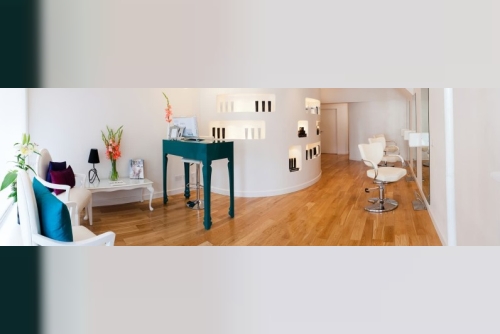Egypt's history, its enormous buildings and monuments, a very ordered system of religion (including their way of burial), art, and jewelry have all had a certain appeal for modern societies over the last several thousand years.
Egyptian jewelry was used both for decoration and as a status symbol. Jewelry was created to ward off harm and pay homage to the gods through the use of specific symbols and colors. It was believed that wearing jewelry would bring good fortune in both this life and the next.
The Egyptian symbol for everlasting life, known as the "Ankh," was often incorporated into jewelry designs. The eye was a metaphor for recovery. The lotus blossom and the falcon were two more prominent symbols. The scarab beetle, which symbolizes rebirth and renewal, was one of the most significant symbols.
Jewelry was made from a wide variety of materials. Gold, bronze with a gold leaf coating, and an alloy of gold, silver, and traces of copper known as "electrum" were all employed. Gemstones were utilized, although polychrome glass was more commonly used to replicate gemstones because it was easier to carve and shape into unique designs. Beads and amulets were made from solidified glass. Jewelry made of metal often includes glass inlays. Modern cloisonné has its roots in ancient Egyptian enameling.
Carnelian, jasper, lapis lazuli, malachite, quartz, and turquoise are only some of the most commonly used gemstones. Due to its association with the nobility, lapis lazuli was the most prized of all gemstones. Green was associated with new life and growth, whereas turquoise was a symbol of wealth and success.
Jewelry including bracelets, brooches, turquoise earrings, rings, and necklaces are still made today with Egyptian motifs. The pectoral piece, sometimes known as a breastplate, was an Ancient Egyptian invention that hasn't made it into current times. Even the oldest mummies have this kind of decoration.
The headdress is another item that has failed to gain popularity in the present. It functioned as an outer wig and had dangling beads from a diadem. In motion, the beads mimicked the wearer's hair.
Many jewelry stores today still benefit from people's fascination with ancient Egyptian jewelry. They understand that many people just want to reach out and feel a connection to a bygone era. Putting on the past seems like a fitting method to achieve it.
Coral, like pearls and turquoise, is admired by everyone. When combined, the three beads make for some beautiful jewelry. Because coral is porous and flexible, it can be dyed and carved into fascinating shapes, making it ideal for use in ethnic jewelry.
It's not a genuine gemstone, yet it has been worn as jewelry since ancient times. Talismans made of coral have long been used to ward against evil spirits and natural disasters, and the Buddhist scriptures list coral as one of the seven jewels. Red coral may help with fertility, according to some. It's also believed to treat high blood pressure and anemia and to bestow sanity and protect against insanity.
The calcium carbonate exoskeleton of coral reef marine polyps. Its color can range from white to scarlet, and it spreads by underwater tree-looking branches. Dense red, pink, and white corals are the norm, whereas sponge and blue corals feature intriguing speckled patterns and little air gaps. The Mediterranean and the waters between Japan and Taiwan in the China Sea are the most common sources of jewelry. The Great Barrier Reef and other reefs in the South Pacific cultivate a unique set of marine life.
Only due to 1980s stocks have coral prices stayed so low. Unfortunately, it is becoming increasingly scarce as a result of overexploitation and environmental degradation. Since it barely expands by about a quarter of an inch per year, natural red coral is quite costly. Dyed red coral is the norm in today's market. Color enhancement is most obvious on bright red beads, but it also commonly occurs in pink and blue corals.
More nuanced textures can be made using fossilized or agatized coral. This is ancient coral that was gradually replaced with agate, preserving the original coral's flower-like patterns. Fossil corals have their allure, even if they won't make quite the same statement as red corals. There may be glimpses of pink, blue, or other hues in the grayish flower patterns, but overall they are pricey and predominantly beige.
Natural coral is typically employed in a twiglet shape, while sponge coral is reconstituted into more practical forms. After being treated with a binding solution to keep its shape, sponge coral is polished to a high sheen. Without this treatment, the sponge variety would be extremely brittle and featureless.
Combine turquoise and pearl with fiery red or pure white. Long root coral, on the other hand, lets your creativity soar when making ethnic jewelry. Create necklace, bracelet, and earring sets to increase your revenue. Mix and match corals of different colors, but keep related hues together. Exhibit your coral jewelry on clam and scallop shells, complemented by the fishing net and beach rocks for a more coastal feel.





 Wearing Ancient Egypt
Wearing Ancient Egypt






